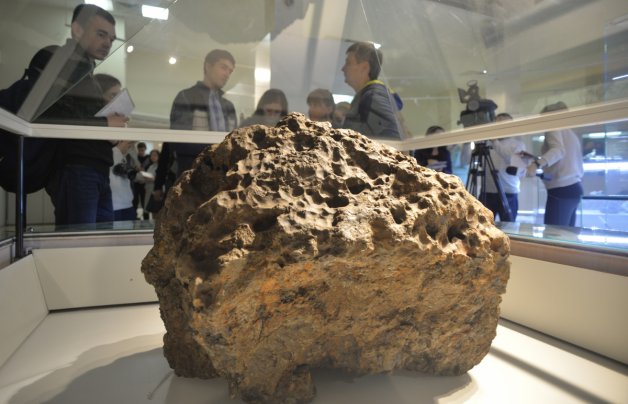
Researchers have found a 60 million-year-old meteorite while exploring volcanic rocks in Isle of Skye in Scotland. The meteorite piece was discovered from the base of the thick layer of a lava flow.
Simon Drake, Associate Lecturer at Birkbeck University of London said, "We thought it was an ignimbrite (a volcanic flow deposit)." But the detailed studies on the rock using an electron microprobe found that it contains rare minerals from the outer space including vanadium-rich and niobium-rich osbornite.
These minerals were not found anywhere on Earth before. They were, however, earlier collected by NASA's Stardust spacecraft from the space dust, trailing from the 4.5 billion-year-old Wild 2 comet in 2004. The minerals were found enclosed in native iron in the asteroid dust.
According to reports published in the journal Geology, the osbornite had not melted giving clue that the collected sample would be an original unaltered piece of the meteorite.
The researchers have also identified reidite, an alien mineral found in meteorites, in their sample rock. Reidite is formed from mineral zircon at an extremely high pressure during the impact of a meteorite crash on Earth.
Drake said, "This instantaneous conversion from zircon to reidite has only ever been discovered on Earth at meteor impact sites."
The research team had found these minerals buried in a two-meter-thick hardened volcanic lava layer from another site, situated at a distance of around seven kilometers from the island site.
Drake said that whilst one can't say that the volcanological evolution of Skye was started by a meteorite, it could have been driven by an impact.
Several theories state that origin of life on earth was caused by meteorite crashes or originated from space dust.









